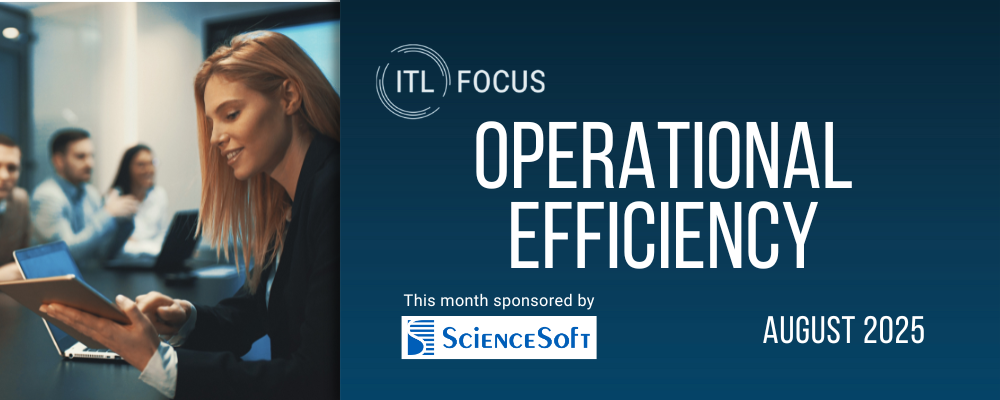KEY TAKEAWAYS:
--The bottleneck is the time it takes to manually review if the presented information is correct. That can take days, leading to delays in policy issuance.
--Software powered by AI, blending multiple layers of technology, can seamlessly conduct identity verification in real time.
--Better verification can help reduce fraud, which cost consumers and businesses more than $300 billion in 2022 just in the U.S., and can help deal with complex compliance requirements.
----------
Despite the industry's stodgy reputation, insurance is often ahead of the curve, embracing new technologies that improve efficiency, enhance customer experience and increase profitability. Artificial intelligence (AI) and machine learning (ML) have been used to analyze vast amounts of data that help identify patterns, trends and insights that can help insurers better understand risks, predict claims and personalize their services. Blockchain has been used to improve the efficiency of claims processing, reduce fraud and enhance transparency. Mobile apps, such as telematics, and wearables have allowed insurers to collect real-time data on customer behavior and offer personalized pricing and services. Robotic process automation (RPA) and chatbots help automate routine tasks and improve customer service.
By contrast, the insurance industry has been hamstrung by outdated identity verification practices. Currently, verifying a customer’s identity consumes unnecessary time, labor and capital.
The bottleneck is the time it takes to manually review if the presented information is correct—that can take days, leading to delays in policy issuance and a poor customer experience. Insurance carriers, brokers, regulators and customers can all gain an advantage from a secure and expedited transfer of personal information.
Existing methods do little to combat the fraud plaguing the insurance industry, which the Coalition Against Insurance Fraud estimates cost businesses and consumers more than $300 billion in 2022. During the same timeframe, the FBI found that fraud was costing the average American family between $400 and $700 a year in premiums. Life insurance topped the list of sectors plagued by fraud—totaling $74.7 billion in lost revenue. Next came Medicare, clocking in at $60 billion, then property & casualty insurance, with $45 billion in lost revenue.
Despite these discouraging statistics, recent advances in cutting-edge technology show incredible promise for the detection and prevention of insurance fraud. A survey of 100 insurers across a broad spectrum of the industry by the Coalition Against Insurance Fraud found a steady progression in the adoption of detection of claims fraud technology, from 73% in 2014 to 96% in 2021. The same pattern was observed in underwriting or point-of-sale fraud/rate evasion technology, where each year showed an incremental increase in adoption, from 28% in 2014 to 65% in 2021.
Advanced identity verification technology was the outlier. It was not observed in all previous studies (in 2014, 2016 and 2018), because advanced identity verification technology is new and groundbreaking—pioneered in just the past couple of years. Four in 10 respondents said in the 2022 study said they had adopted such technology.
This software is powered by AI, blending multiple layers of technology to seamlessly conduct identity verification in real time. Anyone who has integrated a next-generation provider of identity verification has seen the benefits in both their onboarding numbers and their operational costs, and the percentage of those employing these solutions is predicted to drastically increase over the next three to five years.
Modernizing identity verification practices isn’t just about saving time and labor and enhancing the customer experience—it's key from a regulatory compliance angle. The Gramm-Leach-Bliley Act (GLBA) protects the privacy of customer information and requires safeguards to prevent unauthorized access to that information. Enhanced identity verification practices provide a two-way improvement in compliance to GLBA—easier compliance related to data security, as well as secure provisions related to processing customer identity information. The Fair Credit Reporting Act (FCRA) regulates the collection and use of credit information, including collection done in the context of insurance underwriting. Modernized identity verification practices can help insurance companies comply with the FCRA by providing more accurate and complete customer identity information, which can be used to make more informed underwriting decisions.
There is a big price to pay both financially and reputationally when robust measures are not in place. Anthem was fined $16 million for a data breach in 2015 that exposed the personal information of nearly 79 million customers. In the aftermath of the breach, Anthem was criticized for not doing enough to prevent the attack and for not detecting the breach sooner.
See also: Applying Cyber Lessons to Regulating AI
Britain is raising the bar for fraud prevention regulations by not only penalizing companies found guilty of committing fraud but also the people who fail to adequately prevent it. The Economic Crime and Corporate Transparency Bill, which is in the process of being passed, enables companies to be fined without limit, even if they were not aware of any fraudulent activities taking place within their organization. The proposed legislation is designed to create a culture of aggressive fraud prevention.
The American insurance industry has received plenty of bad publicity during the last decade—users claim the process of getting insurance is time-consuming, confusing and overly bureaucratic. This dissatisfaction starts during the onboarding phase, which requires users to remember unique passwords and lengthy security questions. Biometric technologies like liveness testing and facial matching are a faster alternative to traditional verification methods by enabling customers to verify their identities instantly on a device. Coupling this with document verification to ensure what’s submitted for identity verification purposes has not been forged or tampered, and with address verification—where the individual’s name and address are extracted from the onboarding information and verified against multiple databases—can expedite claims decisions by instantly checking passports and driver's licenses and removing the need for submitting a proof of address document. What was once a tedious and friction-filled onboarding process can become intuitive and user-friendly—boosting brand loyalty and customer satisfaction.
The future of technology adoption in the insurance industry looks bright—by incorporating advances that can help prevent fraud, comply with regulations and enhance the customer experience. Modernizing identity verification practices means ushering in a new age of security and profitability—benefiting customers, regulators and insurance providers alike.






